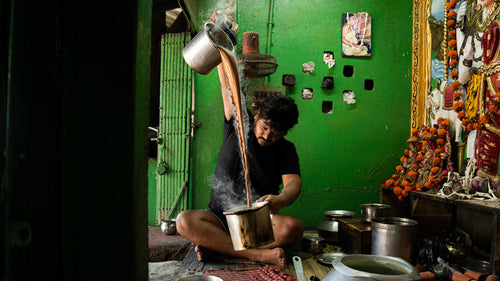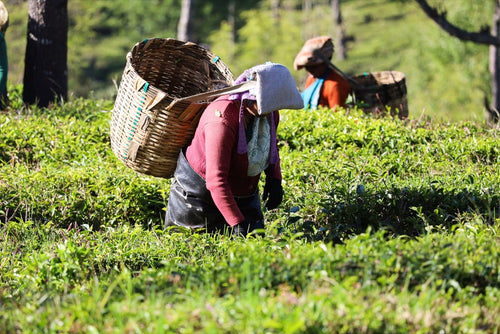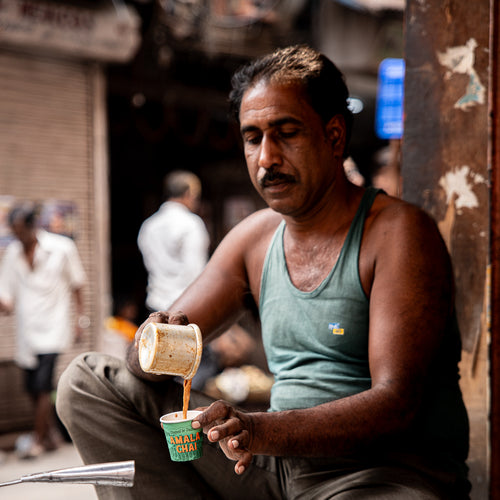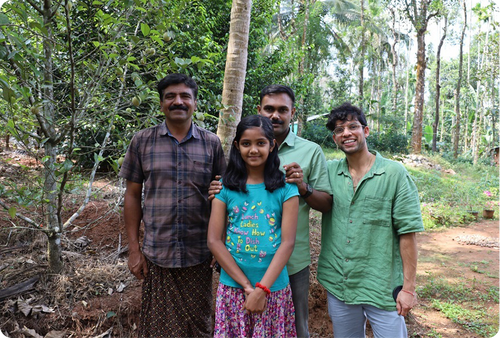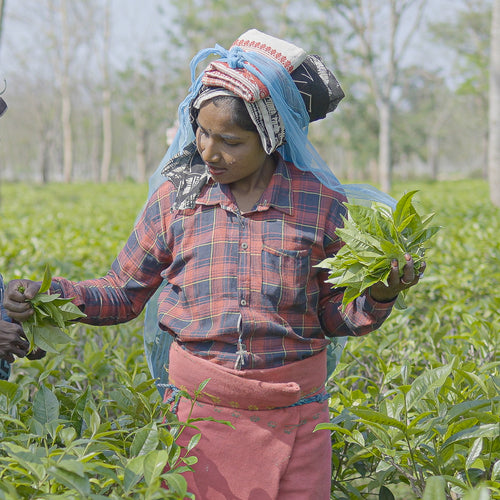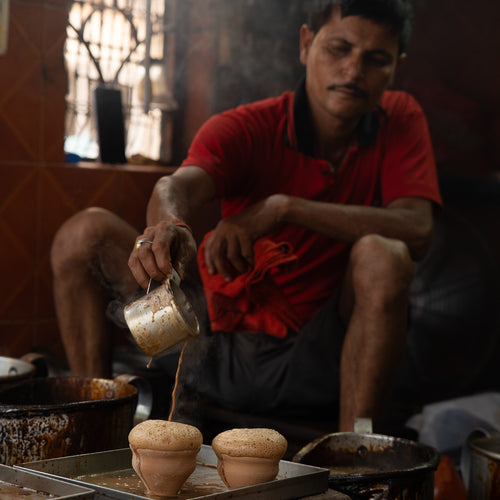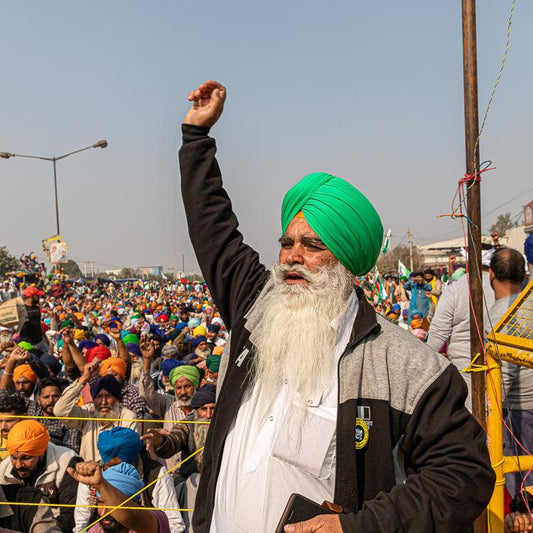Modi's Contentious Farming Reforms
In September 2020, India’s parliament swiftly passed 3 laws, changing the way the agriculture system has operated for decades.
In response to the reforms, farmers have protested across the country, especially in the states of Punjab & Haryana, seeking nothing less than the bills to be repealed. 9 talks between the central government and the farmers unions have been inconclusive, widespread protests by farmers have been met with water canons, tear gas and batons; with tensions now spilling into the major cities. With a population of over 1.4 billion and half of the labour force working in agriculture, coupled with a mounting COVID crisis, protesters fear the repercussions of these reforms could be devastating.

The current farming system evolved after India gained independence in 1947.
Struggling to produce enough food for its citizens, Indira Gandhi’s government brought in US advisors and introduced the Grow More Food Campaign and an integrated food production program called the Green Revolution. With a focus on food security cash crop supplies, India looked to modernise farming through mechanisation, land development and particularly pesticides. The overuse of fertilizers and irrigation made many plots of land unusable for many crops, but production of rice and wheat soared and led to India having a food surplus. As rice and wheat production grew, India developed a food marketing system to ensure fair prices.

It’s a complex system and can vary from state to state.
Farmers bring their crop to the wholesale market known as Mandhis, they can then sell their crops to traders through open auction with transparent pricing. At auction, government purchases set a minimum support price as a benchmark, which set a standard market price for the farmers. The crops are then sold to secondary markets or are stored by buyers for future sales. Whilst the system isn’t perfect (many traders collude and don’t allow a fair competitive auction), the system works as it provides farmers with a benchmark market price and protects them from price wars.

The agricultural industry is shrinking and now only accounts for 15% of India’s economy.
Farmers across India already struggle to make ends meet, with 52% of farmers in debt and an increase in farmer suicides. Farmers have been pushing for reforms for years in an attempt to alleviate their economic hardship. The fear is that these reforms, rushed through parliament with minimal scrutiny, will destroy the benchmark pricing and lead to further hardship for farmers.

So what are these new laws and how do they affect the current system?
The 3 laws look to deregulate the system, forcing farmers to trade directly with buyers with no oversight. Here is an overview of the 3 laws and the impact:
- The Farmers Produce Trade & Commerce: Creates a free, unregulated trade space outside the markets which override wholesale rules.
- This creates an unregulated market that forces farmers to trade with corporate players as the current system breaks down.
- The Farmers Agreement of Price Assurance: Creates a framework for contract farming deals: Farmers deal directly with traders with little oversight.
- Small farmers will be dependent on terms set by big corporations or be cut out of the industry. Farmers simply will not have the means to bargain and will lead to further exploitation through low prices.
- The Essential Commodities Act: Eliminates the storage limits previously set by the government to control prices.
- Unlimited storage will allow big corporations to stock pile. The lack of oversight will lead to firms to dictate the prices in the fragmented market.

The impact of these new laws creates a completely deregulated system, where large corporates and big traders exploit the weakest part in the supply chain - farmers.
Instead of being a valued part of the system, farmers no longer have a minimum support price which helps them survive and protects them from bad harvests. To compound all of this, large firms will end up buying the farmers land, exploiting low labour prices and using mass pesticides to increase yield. It is an extremely unsustainable system which is bound to collapse.
This is just another example of Modi buddying up with his corporate friends. He is sending a message to the farmers that they don't need protection from the government and is happy to leave them with no economic certainty and no hope.
As we speak, farmers have reached the red fort in Delhi, and as the protests continue, talks between the farmers union and the government stay in deadlock. The pressure is mounting on Modi to make his next move.
Let’s hope that the farmers will have a say in their livelihoods for once!


















